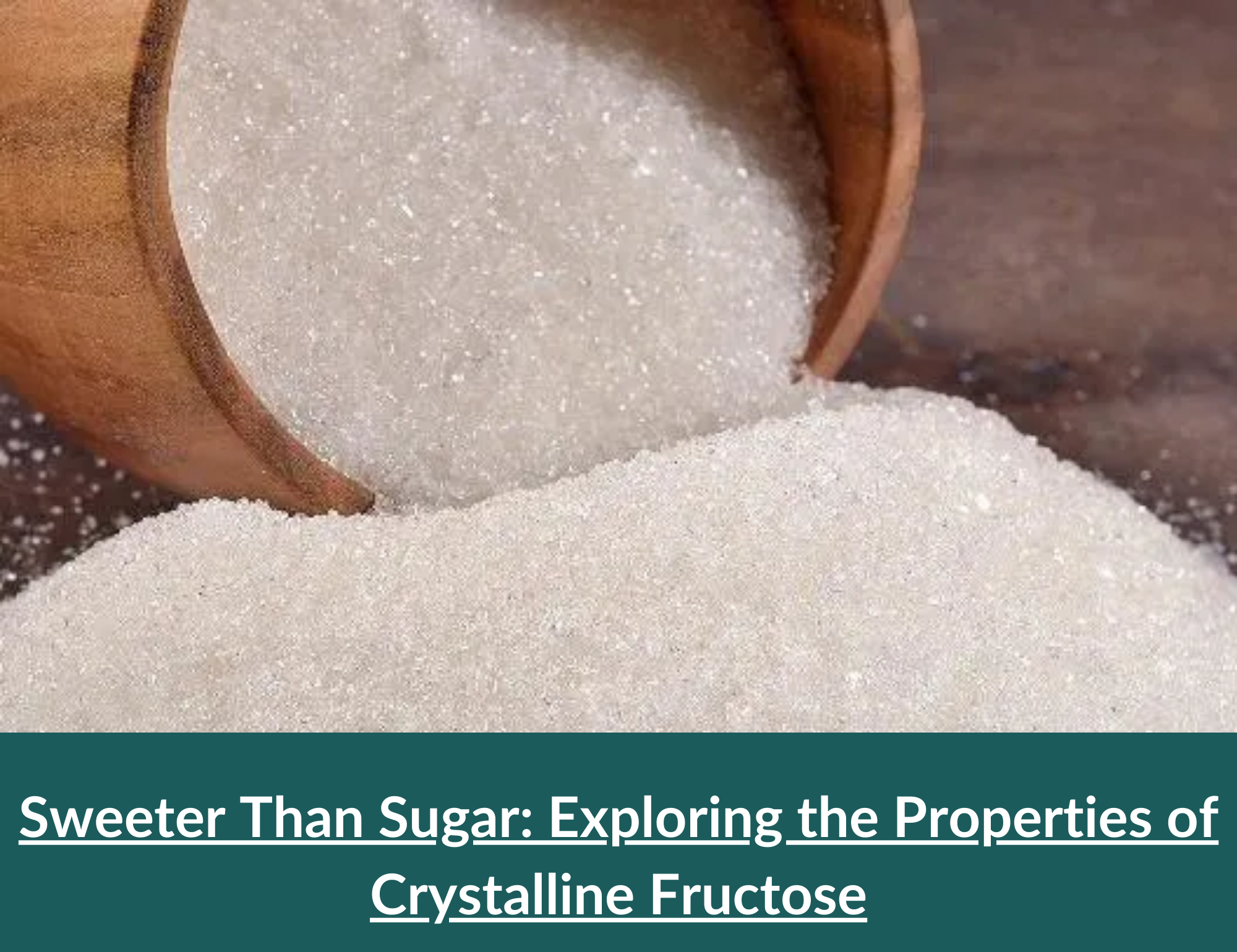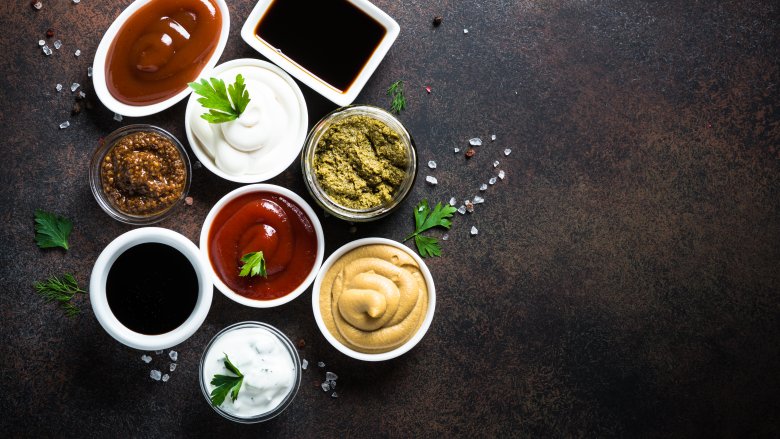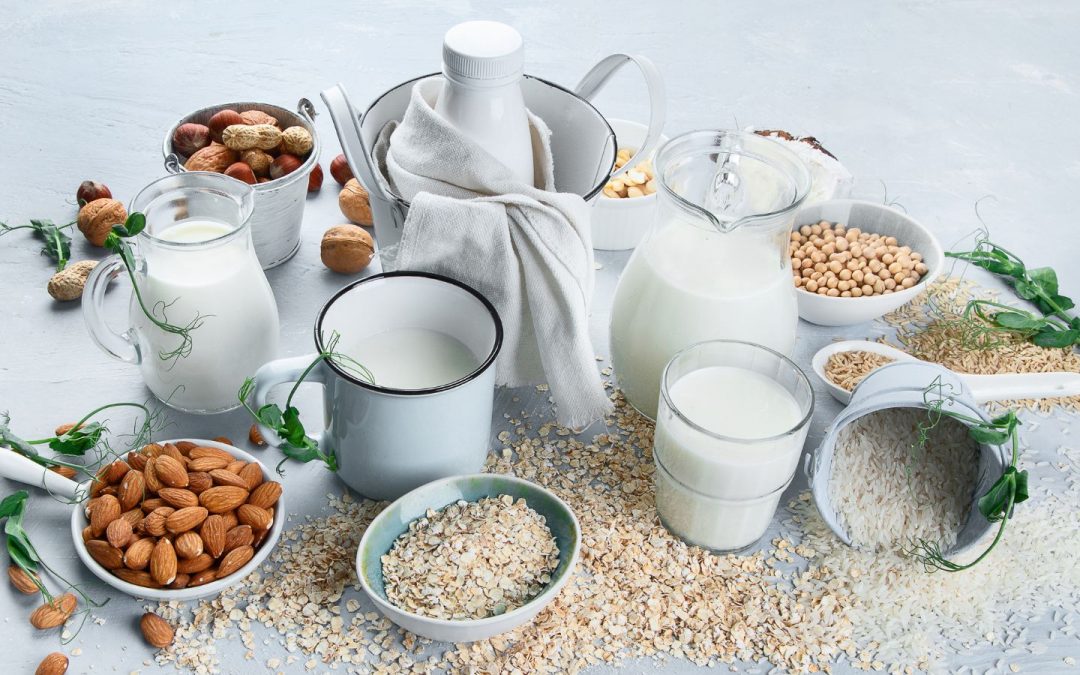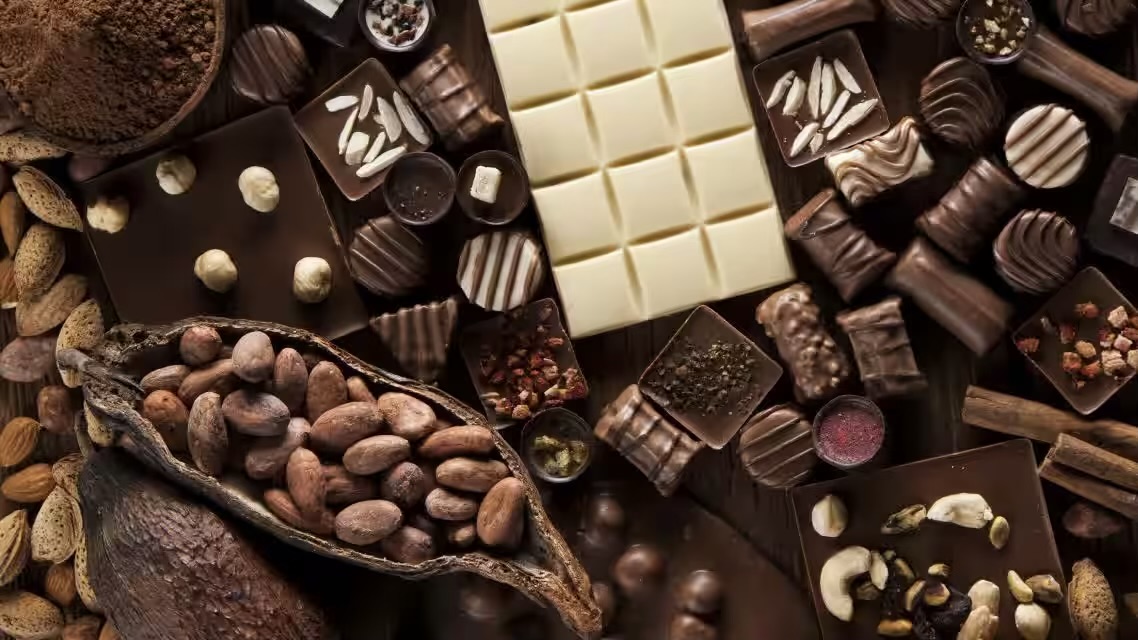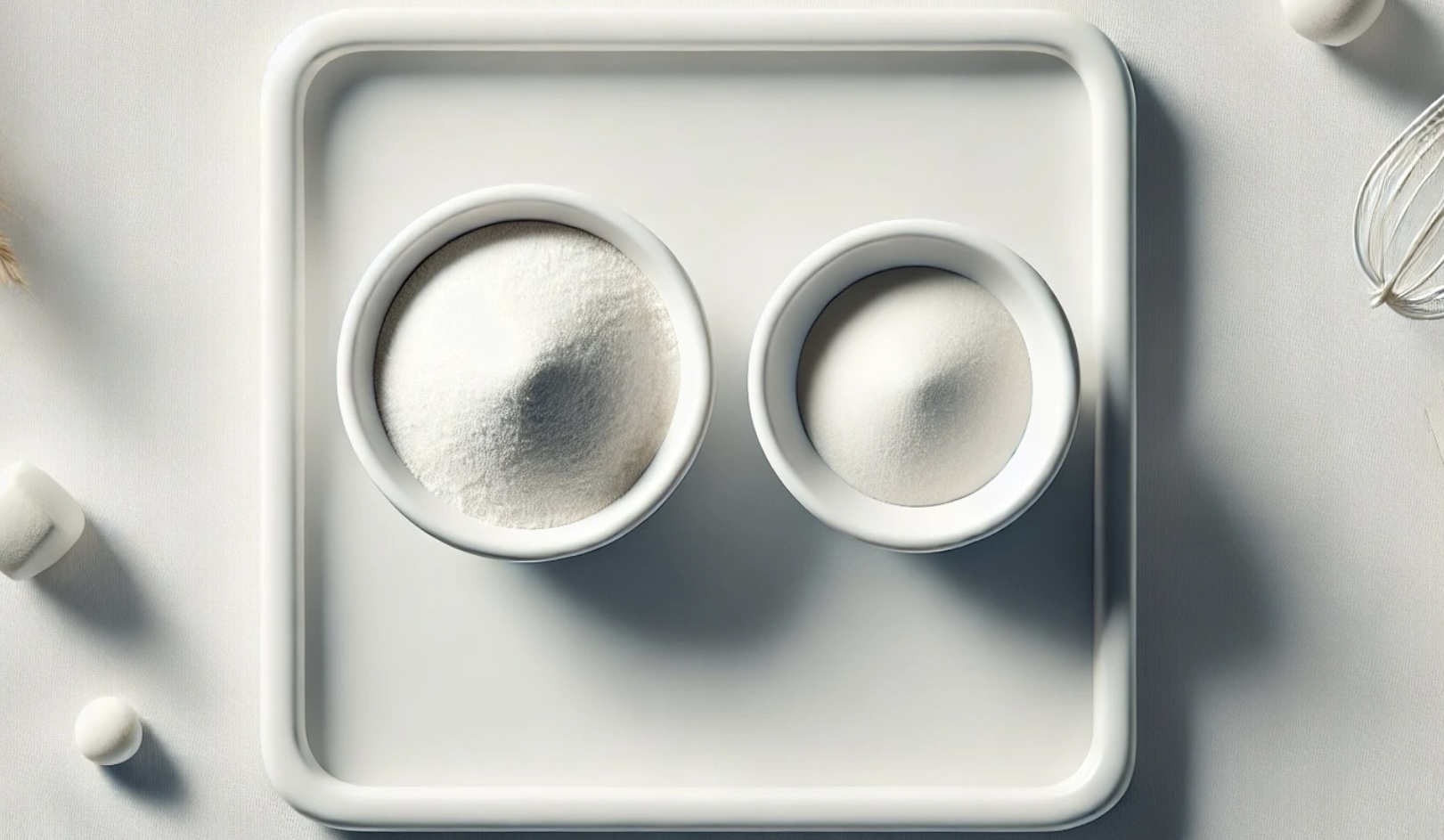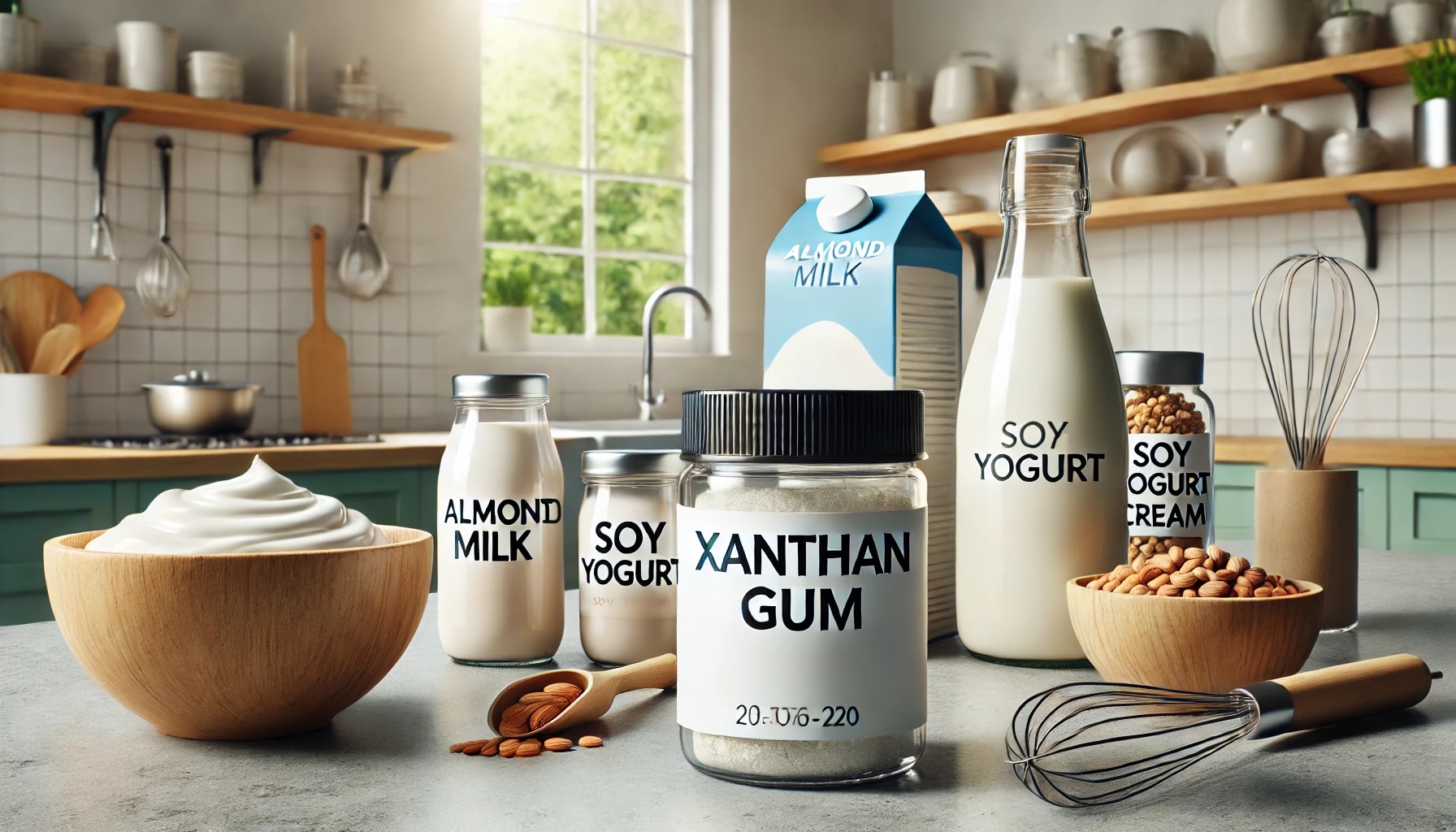Crystalline Fructose is a highly refined form that has gained popularity as a sweetener in the food and beverage industry. It is a monosaccharide, like glucose and sucrose. It has a sweet taste of approximately twice as sweet as table sugar (sucrose).
This article takes an in-depth look at crystalline fructose and its properties.
What is Crystalline Fructose?
Crystalline fructose is a natural sweetener that is derived from cornstarch. It is made by extracting glucose from corn syrup and then converting it to fructose using enzymes. The fructose is then further purified through crystallisation, resulting in a white, crystalline powder that is over 99% pure fructose.
It is about twice as sweet as table sugar. It has a lower glycemic index, which means it causes a slower and more steady rise in blood sugar levels. It is commonly used as a sweetener in foods and beverages, particularly in low-calorie and diabetic-friendly products.
Properties of Crystalline Fructose
Crystalline fructose has several unique properties, making it a desirable sweetener for certain applications. Some of its key properties include

Sweetness:
One of the main advantages of fructose is its high sweetness level, which is approximately twice as sweet as table sugar (sucrose). As a result, less of it is needed to achieve the same level of sweetness in a product, making it an attractive option for manufacturers looking to reduce the sugar content in their products.
Low Glycemic Index:
Another important property of crystalline fructose is its low glycemic index. A low glycemic index means that it does not cause a rapid spike in blood sugar levels, making it a desirable option for people with diabetes or those looking to manage their blood sugar levels.
Some studies have suggested that consuming crystalline fructose may lead to lower insulin levels than other sweeteners, highlighting its potential health benefits.
High Solubility:
In addition to its sweetness and low glycemic index, crystalline fructose is also highly soluble in water. The high solubility makes it easy to incorporate into a wide range of food and beverage products, including baked goods, beverages, and dairy products.
Crystalline fructose offers many unique properties, making it a desirable sweetener for certain applications. Its high sweetness level, low glycemic index, and solubility make it popular for manufacturers looking to create healthier, lower-sugar products.
Crystalline Fructose is a highly refined form of fructose that has gained popularity as a sweetener in the food and beverage industry. Its unique properties make it a desirable sweetener for certain applications, including its sweetness, low glycemic index, and high solubility.
Elevate Your Ingredient Procurement process with EasyBuy!
If you’re a food manufacturer in need of high-quality fructose, look no further! With EasyBuy, you can overcome the typical challenges of ingredient procurement and enjoy a seamless and convenient buying experience. Our exceptional deals on premium fructose make it easier than ever to sweeten your recipes naturally and deliciously.
Don’t miss out! Shop now and unlock the benefits of EasyBuy’s easy and reliable procurement process for fructose.
Citations
- USDA FoodData Central. (n.d.). Fructose. Retrieved fromhttps://fdc.nal.usda.gov/fdc-app.html#/food-details/168463/nutrients
- White, J. S., & Hobbs, L. J. (2013). Fructose content and composition of commercial HFCS-sweetened carbonated beverages. International journal of obesity, 37(1), 64–69.https://doi.org/10.1038/ijo.2012.83
- Tappy, L., & Lê, K. A. (2010). Metabolic effects of fructose and the worldwide increase in obesity. Physiological reviews, 90(1), 23–46.https://doi.org/10.1152/physrev.00019.2009
- Stanhope, K. L. (2016). Sugar consumption, metabolic disease and obesity: The state of the controversy. Critical reviews in clinical laboratory sciences, 53(1), 52–67.https://doi.org/10.3109/10408363.2015.1084990
- Taggart, A. K. P., Keroack, M. A., & DeFelice, S. L. (2016). Handbook of sugars for process and product development. John Wiley & Sons.

